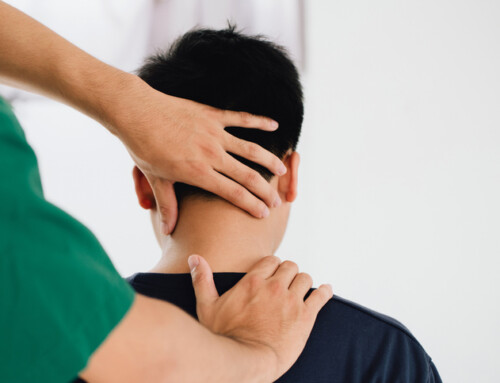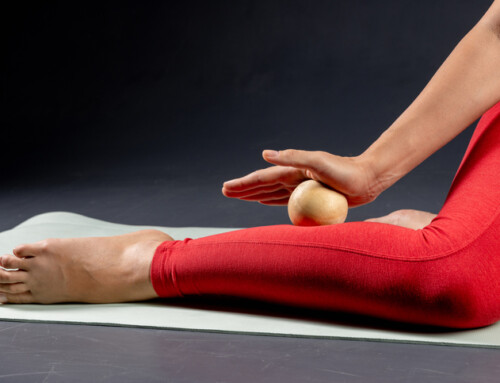by Scott Winslow, SPT
Physical Therapy for Balance Problems
Ever since we were babies learning to sit up, all of us have experienced what it’s like to lose our balance and fall over. One study of toddlers learning to walk reported that they fall an average of 17 times every hour! Fortunately, since babies are small and close to the ground, most of those falls do not lead to serious injury.
As teens and young adults, falls leading to injury are more likely to be from doing things we should not (so whose idea was it to climb out on the roof?) As we get older or experience illness or injury, we may become more likely simply to lose our balance, and to be injured if we do fall. The Centers for Disease Control and Prevention (CDC) report that as many as one in four older adults falls every year, and that one fall in every five results in serious injury. Furthermore, having experienced a fall increases the chances of falling again.
The Art of Balance
It’s easy to take good balance for granted when everything is working well, but keeping our balance isn’t just “one thing”. Balance is actually a complex skill that requires many body systems to work together correctly. Some of those body structures and functions include:
- Strength
- Flexibility
- Stability of Joints and Ligaments
- Coordination
- Vision
- The Inner ear
- The Sense of Touch and Pressure
- Proprioception
Proprioception is your awareness of the position of your body and body parts. If you can close your eyes and raise your hand over your head, the sensors in your joints and muscles tell you where your hand is—that’s proprioception.
How We Can Help
Any number of illnesses or injuries, as well as the aging process, can lead to problems with balance. Simply getting out of shape from our modern sedentary lifestyle can result in balance problems. Many of the medications we take to keep us healthy cause balance problems as a side effect, especially if we take multiple medications. When we have problems keeping our balance or have experienced a fall, we may become more cautious, limit our activities, and cut back on some of the things we used to do. That is certainly understandable, but reduced activity can actually make our balance problems worse.
The good news is that there’s a lot we can do to improve our balance, and to keep ourselves safe if we have ongoing balance problems, and physical therapy can help! Physical therapists (PTs) have a variety of assessment tools and techniques they use to evaluate a patient’s balance, their risk of falling, and especially what body structures or systems are involved. During an evaluation, your PT may test your strength, flexibility, sensation, or vision. Your PT may have you stand up and walk, step around or over obstacles, reach, or pick something up off the floor, all while making sure that any activities you do are safe for you. You might be asked to stand and balance with your eyes closed, or on one foot, or to sit on a wobbly surface—again, in ways that keep you safe.
Treatment Plan
Once your PT has narrowed in on the cause of any balance problems, you’ll get a treatment plan that’s individualized for you. That might include anything from positioning maneuvers to correct a problem with your inner ear, to exercises that help you control the small muscles in your feet. During your PT treatment sessions, it is likely you’ll be doing lots of exercise and getting lots of practice. And your PT will send you home with exercises to do between sessions that reinforce what your body has been learning in the clinic.
With the right treatment plan, many balance problems can improve surprisingly quickly. To created better balance you must have physical therapy Unfortunately, some permanent changes in our bodies mean we have to make some changes in our lives, but PTs can help with that, too. PTs can help with strategies to reduce the risk of losing your balance or falling in your home. If you need an assistive device such as a cane or walker, your PT will help you select the type that is right for you, make sure it is fitted correctly, and teach you how to use it most effectively so you can stay safe without cramping your style.
Physical therapy for balance problems can help you get back to doing what you like, safely and confidently. For additional information, contact our physical therapy clinics in Malta – Saratoga Springs at 518-289-5242 , or Queensbury – Glens Falls at 518-289-5242.






